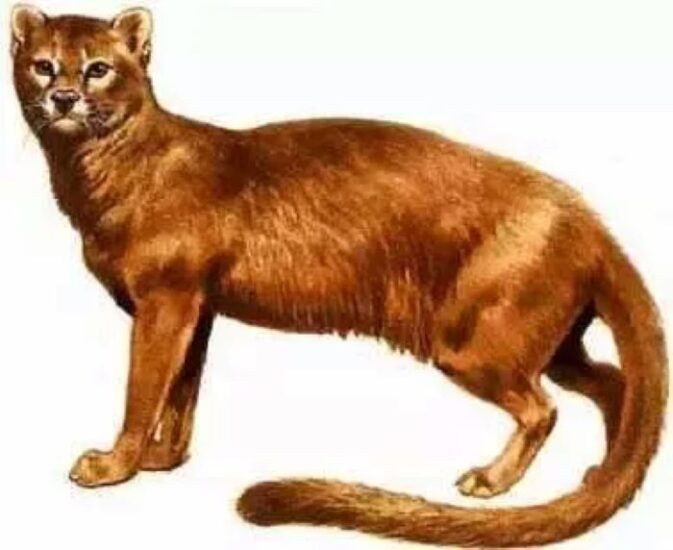The origins of today’s domestic cat extend back some 10 million years to wildcat ancestors. Feline evolution proves complex, however, with domestication taking place in multiple early societies. Tracing genetic and archaeological clues shed light on the nature of our modern felines’ early progenitors. Exploring the legacy of these fierce hunters allows cat owners better insight into common cat behaviors and needs.
Genetic Links to Wildcats
All members of the Felis genus fall broadly under the “cat” label. The jungle cat (Felis chaus) of Southeast Asia exhibits close genetic ties with modern indoor cats. So does the Near Eastern wildcat (Felis silvestris lybica), an extant wild feline inhabiting the Middle East’s deserts and scrublands. In fact, DNA evidence confirms most links between domestic cats and their African and Southwest Asian wildcat predecessors.
These early “pantherine” cat ancestors likely began interacting with early agricultural human settlements, drawn by rodent prey attracted to stored grains. Docile, adaptable kittens were welcomed by the humans and integrated into their developing societies. Domestication grew more extensive in Ancient Egypt around 4,000 years ago before spreading across the world through trade routes.
Hunting Skills
Early domestication altered little regarding cats’ predatory talents since humans welcomed their impressive mousing abilities. Much like their jungle cat and desert wildcat ancestors, domestic cats retain remarkable agility, stealth, spatial navigation skills and pouncing coordination making them lethal hunters. They play using the same stalking, chasing, grabbing and kicking rear leg movements— minus extended claws— they would use to rapidly dispatch small prey.
This explains why most cats go crazy attacking wands adorned with dangling toys! It satisfies their strong instinct to capture fast, fleeing objects. Understanding modern felines’ ingrained need to hunt makes providing puzzle toys and designated scratch pads logical for channeling these primal behaviors productively indoors.
Communication Styles
Both wild and domestic cats communicate using vocalizations like meows, trills, chirps and growls to signal their needs and moods to humans and other cats. Much like their predecessors roaming the arid plains and forest floors, they reserve louder territorial yowling and caterwauling for marking spaces during disputes. Softer murmurings and chirps show contentment along with rhythmic kneading/treading while settling in.
Cats also communicate through scent marking various surfaces. Rubbing against people or furniture leaves pheromones from glands around their mouth and face. Urine likewise contains scents that mark territory, with fecal burying serving a similar purpose. Understanding these ingrained rituals provides insight into some annoying cat behaviors that can be managed positively through designated scratch pads and proper litter box protocols.
Attachment Behaviors
The early ancestors of domestic cats likely formed transient bonds with humans near food and shelter resources yet remained self-reliant for hunting prey and avoiding predators. Similarly today, domestic cats may form close social attachments with family members yet do not exhibit the extreme dependence of dogs, for example. Given their solitary territorial ancestors, they appreciate having their own secure spaces for sleeping and hiding.
Early wildcats exclusively nurtured vulnerable kittens, teaching them survival skills before the young dispersed to establish new territories. Comparable exclusive, prolonged nurturing of kittens through at least 12 weeks old allows modern kittens proper socialization. As highly territorial ancestors, cats rarely tolerate other cats beyond mating and rearing kittens briefly. Knowing these ancestral tendencies helps owners better understand common conflicts between unrelated indoor cats.
Overall, the evolutionary path of wildcats winding through early Eastern societies domesticated the modern house cat over thousands of years yet left its basic needs and behaviors largely unchanged. Identifying lingering connections between today’s couch potato cats and their rugged desert-dwelling ancestors ultimately highlights the domestic cat’s remarkable adaptation to modern indoor life. Appreciating this context explains many typical cat quirks and informs better care for our fascinating felines moving forward.


